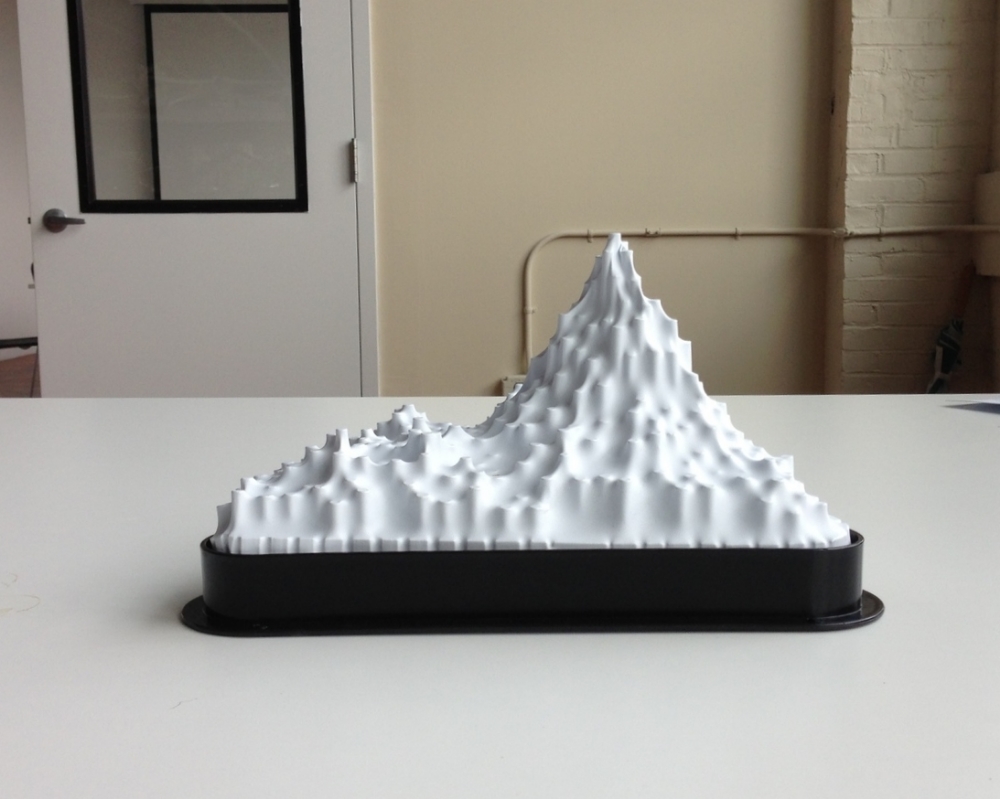BIO - Wall
Terreform ONE
Summer 2014
Team: Chloe Byrne // Keith Comito // Adrian De Silva // Daniel Dewit // Renee Fayzimatova // Alena Field, Nicholas Gervasi // Lucas Hamren // Patty Kaishian, Ahmad Khan // Laasyapriya Malladi // Karan Maniar // Ricardo Martin Coloma //
Puja Patel // Merve Poyraz // Mina Rafiee // Mahsoo Salimi // Manjula Singh // Diego Wu Law
In the next 100 years we can expect human population to reach 11 billion people. Is this sustainable? We used the Buckminster Fuller Dymaxion Map to take a view of the world, and look at the 25 densest cities on the planet Earth Our Bio City Map displays population density as a parametric graph on the front. The back zooms on each of these cities, designed and built and grown inside petri dishes.
The Bio City World Map is a forecast of the world population density in the next 100 years. It has been modeled by combining all the world cities together as one continuous growth system The current phenomena of explosive growth - the “Mega-city” (Shanghai, Sao Paulo, Mexico City, Lagos) and the “Instant City” (Dubai, Abu Dhabi, Zhengzhou, Ordos) merge together into a continuous urban construct. As human population expands, we see it as one single macro city spread across the continents. Other cities, mainly in the developed world, (Detroit, Leipzig, Manchester) demonstrate the opposite tendency, because they are shrinking at a significant rate. We argue that most nations cannot view the effects of planetary population density through the lens of just one city or region. Instead we aim to reveal the long-range effects of massive human population in areas of present and future urban intensity.*
*http://www.terreform.org/projects_urbanity_bio_city_map.html








